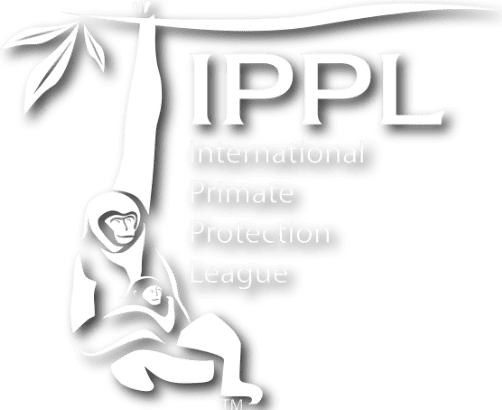Invisible apes

We recently received an interesting book from (and written by) Dr. John Steckley, a Canadian anthropology professor who is primarily an expert in some pretty obscure human stuff–he is the last known speaker of the Wyandot (or Huron) language. But, as he states in the opening pages of “Gibbons: The Invisible Apes,” perhaps he is naturally drawn to the underdog… or in this case, the “under-ape.”
How did he come to focus on gibbons? He had been working on a physical anthropology textbook and was preparing to write a paragraph or two about these neglected little apes. (A paragraph or two is usually all that gibbons are entitled to!) He thought that a trip to a nearby zoo would enable him to snag a few first-hand observations plus an anecdote or two he could use in his classes. He was unprepared to be so charmed by our little cousins. He decided to write a whole book about them and try to render them a little less invisible.
In this book, you’ll learn some gibbon basics, including the very important fact that they are apes, not monkeys! Even though they are “monkey-sized,” they have no tail (like chimps, bonobos, orangutans, and gorillas… and us). You’ll get to learn about the many different gibbon species, about their natural history, about what they can do (brachiate like the wind, sing amazing duets) and what they cannot do (open jar lids, swim). You’ll learn about their conservation status (it’s not good for any of the many gibbon species, unfortunately). And you’ll also discover some fascinating glimpses of what Prof. Steckley has gleaned from other sources, in terms of gibbon mentions in Eastern folklore and poetry. You’ll even learn to draw one.
A friendly book written in a conversational tone, you’ll also encounter gibbons the author has met, like Penelope, a gibbon at the Bowmanville Zoo in southern Ontario with a “bewitching” black and white face. Penelope sucks her thumb (like our own gibbons Peppy and Elizabeth) and loves it when her favorite keeper massages her feet. You’ll also learn about some gibbons who are already well-known to IPPL supporters–our own Igor and Arun Rangsi!
Fittingly, this book was published earlier this summer, and this year has been dubbed by the International Union for Conservation of Nature “The International Year of the Gibbon.” And there’s still time for a little pleasant summertime reading….



It was a real pleasure to be the publisher of GIBBONS: THE INVISIBLE APES. The book made GIBBONS a little less invisible to me as well. We’ve posted more info and photos about gibbons at these 2 sites in the event readers are interested — https://www.rocksmillspress.com/gibbons.html and http://jen8371.wix.com/gibbons#!habitat/cekl …
Thank you for the additional information, David!